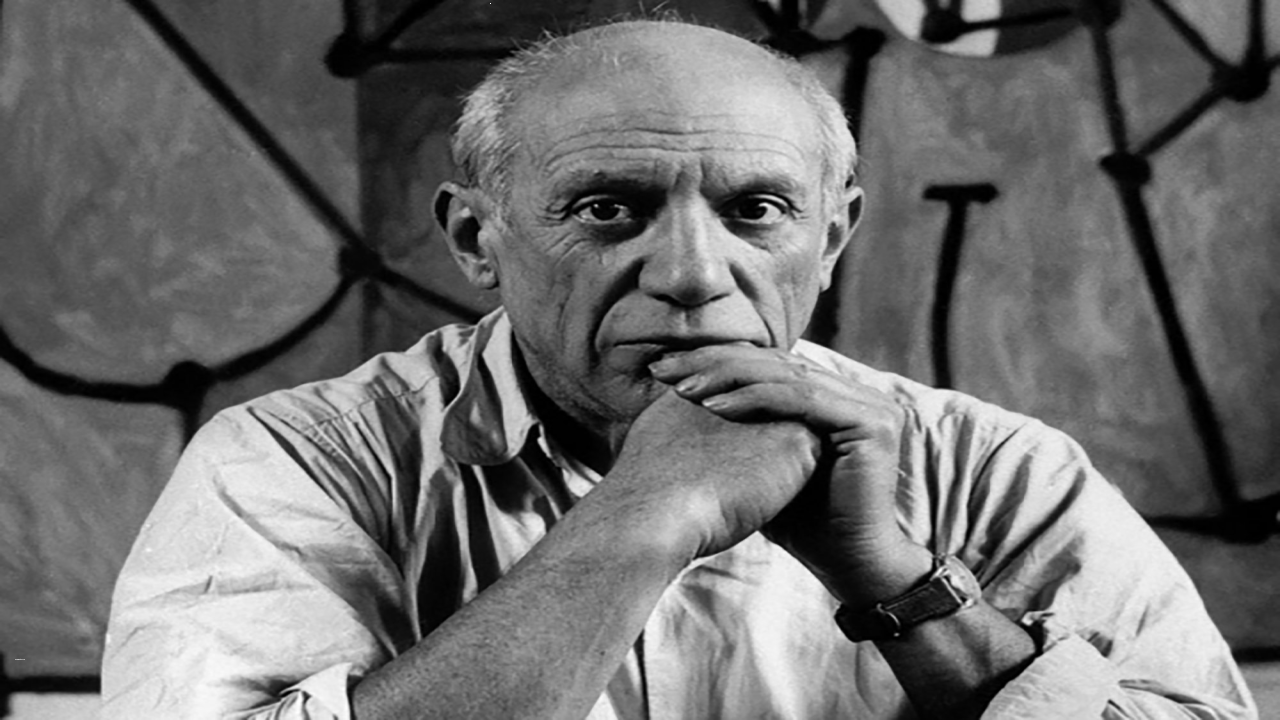Cubism: Picasso’s Revolutionary Art Movement
October 25 marks the 142nd birth anniversary of the renowned Spanish artist Pablo Picasso (1881-1973). His vast body of work includes thousands of paintings, drawings, engravings, sculptures, and ceramics. However, one of his most influential contributions to the world of art was his role in pioneering Cubism, a revolutionary movement that changed the course of art history.
The Birth of Cubism
- In partnership with French painter George Braque (1882-1963), Picasso introduced Cubism, a groundbreaking visual art movement that emerged in 1907 and persisted until 1914.
- Despite its relatively short duration, Cubism left an indelible mark on the art world, inspiring subsequent non-representational movements such as Surrealism and visionary artists like Marcel Duchamp.
Understanding Cubism
- Contrary to its name, Cubism has nothing to do with cubes. The term “cubism” seemingly originated from a critique by French artist Henri Matisse, who humorously described one of Braque’s paintings as “a picture made up of small cubes.”
- Cubism broke away from the traditional approach to art, where artists aimed to replicate nature or objects using techniques like perspective and foreshortening.
- Instead, Cubism involved artists examining an object from multiple perspectives simultaneously.
- This approach acknowledged the two-dimensional nature of the canvas and focused on representing the essence of the object rather than its realistic appearance.
Deconstructing Objects
- To understand Cubism, imagine Picasso and Braque dissecting a cardboard box. They would metaphorically disassemble and flatten it, revealing all sides at once.
- However, they also aimed to capture the three-dimensionality of the box on a two-dimensional canvas.
- They achieved this by mentally walking around the object, selecting various “views,” and arranging them as interlocking flat planes.
- The result was a rough approximation of the original object’s three-dimensional form, making it discernible as a cube while existing in two dimensions.
- Cubism aimed to make viewers pay closer attention to everyday objects that often went unnoticed, providing a more accurate representation of how people perceive objects.
Cubism’s Inspirations
- Both Picasso and Braque drew inspiration from the later works of French artist Paul Cézanne, a Post-Impressionist known for representing nature through geometric shapes.
- This approach played a pivotal role in Cubism’s early development, as objects were portrayed as combinations of basic forms.
- Moreover, Cubism reflected the scientific and technological advancements of the early 1900s. Picasso and Braque were influenced by Albert Einstein’s Special Theory of Relativity (published in 1905), which introduced the concept of spacetime, combining the three dimensions of space with one dimension of time into a four-dimensional continuum.
- This scientific discourse contributed to Cubism’s fragmented approach to breaking down matter.
The Evolution of Cubism
Cubism underwent two distinct phases: analytical and synthetic.
- Analytical Cubism (1907-1912): During this phase, artworks featured objects from various viewpoints, often painted in muted tones of blacks, greys, and ochres. The emphasis was on breaking down and analyzing the object’s form.
- Synthetic Cubism (1912-1914): In this later phase, artists simplified shapes and incorporated brighter colors. Most notably, they introduced real-life objects, such as wallpapers, newspaper cuttings, and oilcloths, into their paintings. This not only made Cubist art more legible but also elevated the status of everyday objects.
Month: Current Affairs - October, 2023
Category: Art & Culture Current Affairs







